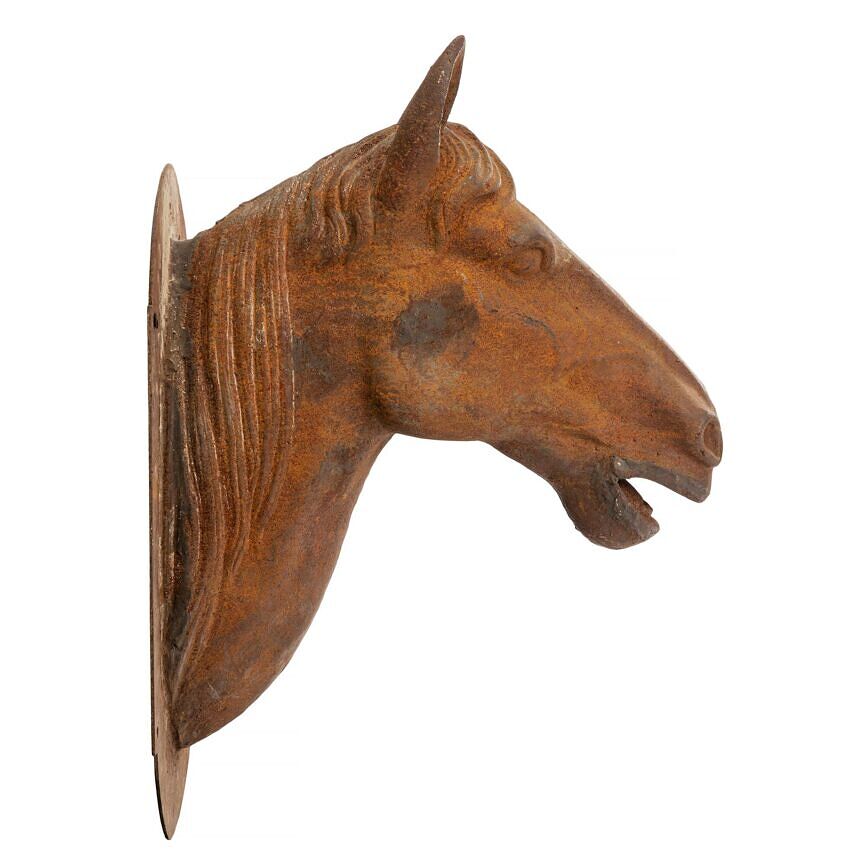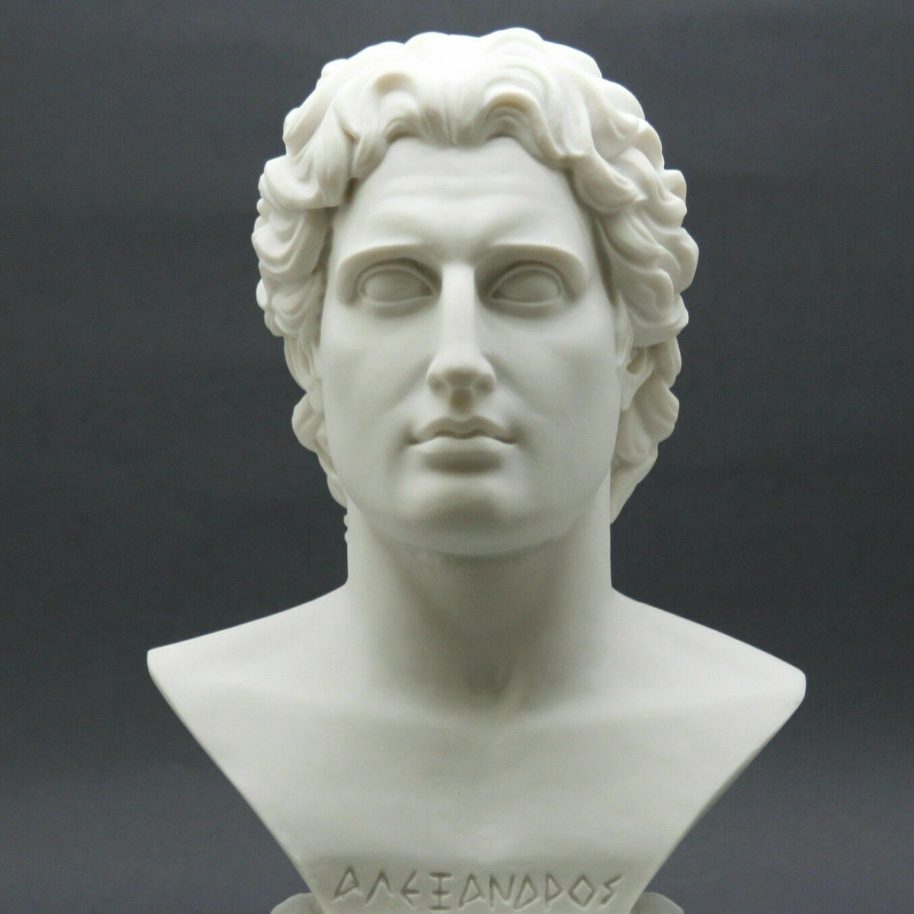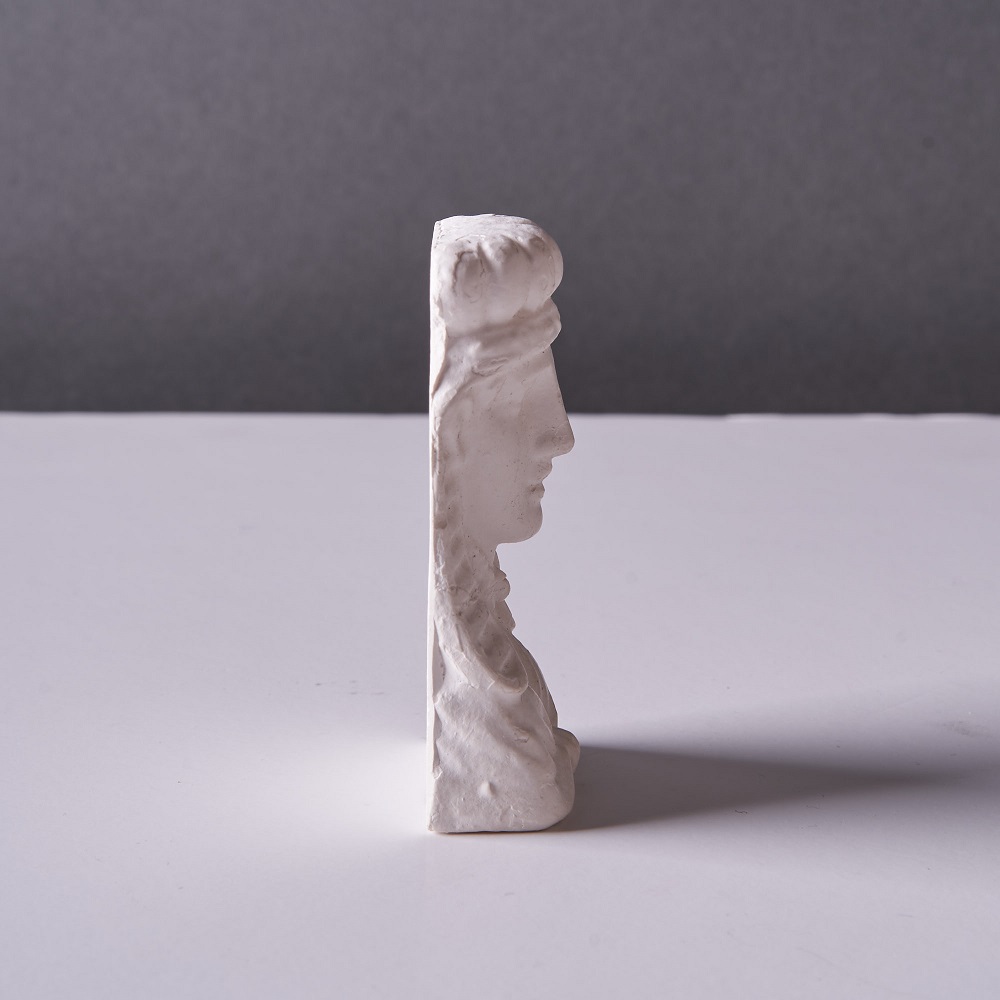Creating a cast of the head is a meticulous process that requires a keen eye for detail and an understanding of human anatomy. Whether for artistic purposes, medical study, or preservation, the accuracy of facial features plays a crucial role in the overall effectiveness and quality of the cast. This article delves into the importance of accurate facial features in cast of the head, exploring the techniques, benefits, and applications involved in this intricate artistic discipline.
Understanding Facial Anatomy
The Structure of the Face
Before delving into casting, it’s essential to understand the fundamental aspects of facial anatomy. The human face is complex, comprising bones, muscles, and soft tissues that contribute to its unique features. Key structural components include the skull, jaw, cheekbones, and the arrangement of facial muscles. Each element works together to create the individual expressions that define personality and emotion.
Anatomically, certain landmarks are particularly important when creating an accurate cast of the head. Features such as the nose, eyes, mouth, and ears serve as reference points for measuring proportions and placement. Familiarizing oneself with these features helps artists and medical professionals achieve precision and realism in their casts.
Variability in Facial Features
It’s crucial to recognize that each person’s facial features are distinct. Factors such as genetics, ethnicity, and age contribute to the variability seen in human faces. As such, practitioners should pay close attention to the nuanced differences that make each individual unique. Capturing these specifics in a cast of the head ensures that the final product is not only anatomically correct but also reflects the person’s individuality.

Techniques for Accurate Casting
Choosing the Right Materials
Selecting appropriate materials for casting is paramount to achieving accurate facial features. Common casting materials include plaster, silicone, and alginate. Each material has its unique properties, so choosing the right one depends on the intended use of the cast of the head.
- Plaster: Plaster is a popular choice due to its affordability and ease of use. However, it can harden quickly, making timing crucial during application.
- Silicone: Silicone provides flexibility and durability, making it ideal for lifecasts where intricate details are essential. Its longer setting time allows for adjustments, ensuring the accuracy of facial features.
- Alginate: Often used for body casting, alginate captures fine details and is skin-safe. It provides a quick solution for creating molds but may not be as durable as silicone for long-term processes.
Selecting the right material not only affects the accuracy of the features but also impacts the casting process’s overall outcome.
Proper Application Techniques
Once appropriate materials are selected, mastering the application techniques becomes critical. The process often involves several key steps:
- Preparation: Gather all necessary tools, including brushes, mixing containers, and the casting material. Ensure the individual’s hair and clothing are protected from the casting material.
- Skin Preparation: Apply a thin layer of petroleum jelly or barrier cream to the skin to prevent the casting material from adhering to hair or skin, making the removal process easier.
- Applying the Casting Material: Work carefully, applying the material in thin layers to ensure complete coverage. Attention to the contours and details of the face enhances the accuracy of the cast.
- Setting: Allow the cast to set according to the material’s instructions. Monitoring the setting time ensures minimal distortion of features during the process.
Employing these techniques with precision leads to a high-quality cast that accurately reflects the individual’s facial features.

Enhancing Artistic Representation
Capturing Emotion and Expression
One significant benefit of achieving accurate facial features in a cast is the ability to capture emotion and expression. The subtle nuances of a person’s face express feelings and personality traits. An accurate cast allows viewers to connect with the subject on a deeper level, making it an invaluable tool for artists and sculptors.
For artists, the precision of facial features directly influences their ability to render lifelike portraits or sculptures. By utilizing a well-made cast, artists can refer to the exact dimensions and contours of the face, aiding in the creation of artworks that resonate with authenticity. The emotional depth captured in the cast also plays a role in storytelling, enhancing the narratives expressed through art.
The Role of Accuracy in Portraiture
In portraiture, accuracy is vital for achieving a faithful representation of the subject. Artists often use casts as references to depict realistic facial features in their paintings or sculptures. The level of detail captured in a cast provides a foundation for understanding the subject’s unique characteristics, allowing for more informed artistic choices.
Furthermore, an accurate representation can significantly impact how viewers perceive the subject. A well-executed cast that captures the true essence of an individual invites appreciation and empathy from the audience, elevating the art to a higher emotional plane.
Medical Applications of Accurate Facial Casting
Importance in Prosthetics and Reconstruction
Facial casting also plays a vital role in the medical field, particularly in prosthetics and reconstructive surgery. Accurate casts are essential for creating custom prosthetic devices that fit seamlessly and functionally for patients who have suffered facial injuries, congenital deformities, or undergone surgeries.
In prosthetics, a precise cast allows for developing realistic and comfortable solutions that restore not just appearance but functionality. When prosthetics closely match the original facial features, they enhance patients’ confidence and aid social reintegration.
Aiding in Surgical Planning
In reconstructive surgery, accurate facial casts provide critical information as surgeons plan procedures. Having a physical representation of the patient’s face allows surgeons to visualize their approach, assess challenges, and anticipate results. This level of planning can significantly enhance surgical outcomes and patient satisfaction.
Moreover, casts can be used to create surgical guides, ensuring precision during complex procedures. The detailed representation of facial anatomy ensures that surgeons maintain accuracy throughout the operation, minimizing the risks of complications.

Preservation and Archiving Uses
Creating Lifelong Memories
Facial casts serve as a form of preservation, capturing a moment in time that can be held onto for years to come. This aspect makes them particularly appealing for families wanting to document growth, change, and milestones in their loved ones’ lives. Lifecasting is increasingly popular among parents wishing to commemorate a child’s development, providing a tangible memory that can be cherished.
Cultural and Historical Significance
In museums and cultural institutions, accurate casts of facial features hold historical significance. They offer a glimpse into the past, allowing researchers and visitors to understand historical figures’ appearances and characteristics. This practice creates a connection between the present and the past, revealing our shared human experience.
Additionally, creating molds from historical artifacts aids in the preservation of cultural heritage. When original artifacts are at risk of deterioration, casts can be made to ensure that future generations can appreciate the artistry and craftsmanship of historical works.
The Impact of Technology on Casting Techniques
Advancements in 3D Scanning and Printing
Modern technology has significantly transformed the world of facial casting. The introduction of 3D scanning allows for unparalleled accuracy in capturing facial features. High-resolution scans create digital models that can be turned into precise physical casts using advanced 3D printing techniques.
These technological innovations enhance the casting process, ensuring both speed and precision. 3D printing enables the replication of facial features with stunning detail, making it easier to create prosthetics, surgical guides, or artistic replicas.
Digital Techniques in Art
Digital modeling has opened new avenues for artistic expression. Artists can manipulate digital casts to explore new ideas or create virtual representations before committing to physical materials. This flexibility in experimentation encourages innovative approaches to traditional casting methods, merging artistry and technology seamlessly.
With advancements in technology, artists and medical professionals have new tools that enhance both their creative and practical applications.
The Significance of Accuracy in Facial Casts
The importance of achieving accurate facial features in a cast of the head cannot be overstated. From artistic expression to medical applications, the benefits of precision extend across multiple disciplines. Understanding facial anatomy and employing effective techniques ensures that casts serve their purpose, whether they aim to evoke emotions, facilitate medical procedures, or preserve memories.
As technology continues to evolve, so do the possibilities for fostering accuracy in the casting process. Integrating traditional methods with modern advancements offers exciting opportunities for artists and medical professionals alike. By recognizing the profound impact of accurate facial features, we celebrate the artistry and science behind this fascinating practice, enriching our understanding of the human experience and connection. Whether for art, medicine, or preservation, accurate casts embody the beauty and complexity of the human face.